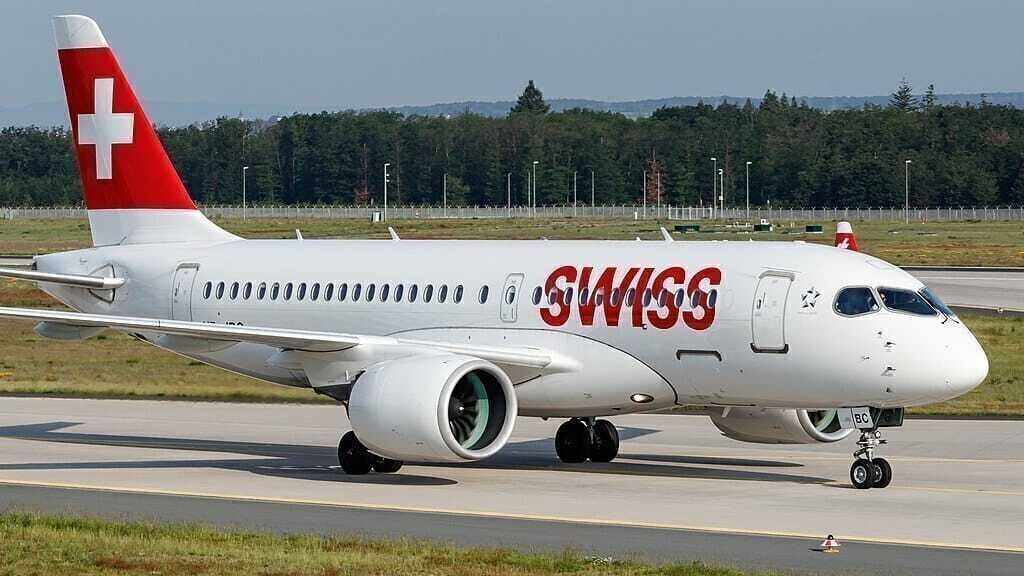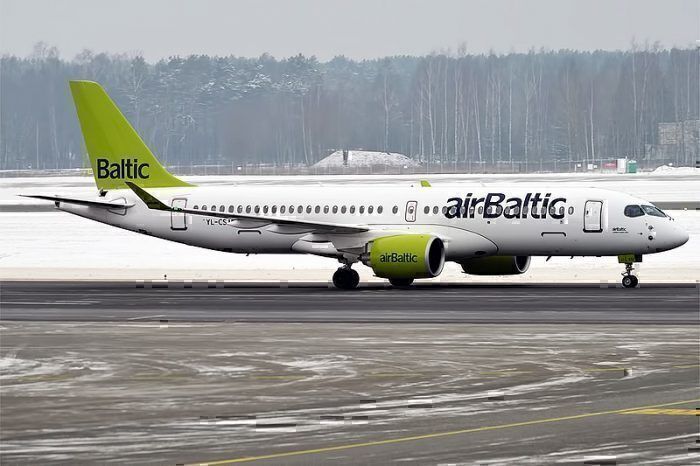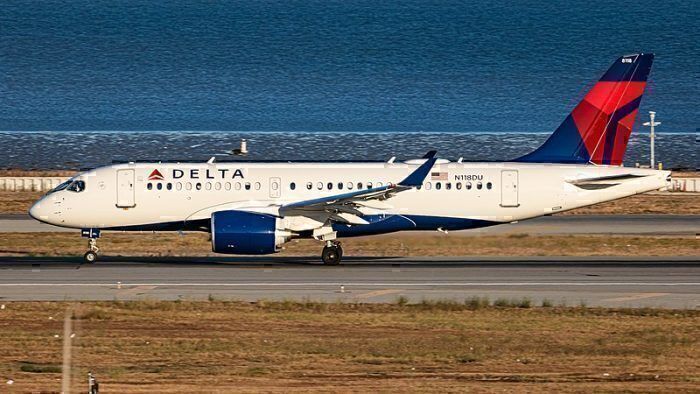The FAA has issued a further airworthiness directive to operators of the A220. The US aviation safety regulator now requires operators of A220 aircraft in US airspace to remove certain full-authority digital engine control software and install new software. The directive comes after four in-flight shutdowns last year.
The FAA considers this a serious safety issue
This latest directive concerning the A220 follows an earlier directive issued in September 2019 after a series of engine shutdowns in the skies over Europe. According to a report in Flight Global, three of these incidents last year involved SWISS A220s and one incident involved an Air Baltic A220.
The latest FAA directive concerns Pratt & Whitney PW1519G, PW1521G, PW1521G-3, PW1521GA, PW1524G, PW1524G-3, PW1525G, and PW1525G-3 model turbofan engines. The engine shutdowns occurred after the failure of the low-pressure compressor.
The FAA notes that the engine failures occurred on engines that were shipped to aircraft operators as spares rather than those originally installed on the aircraft. All four failures occurred within 300 flight cycles of the new engines been installed.
"The FAA considers these LPC R1 failures to be an urgent safety issue, requiring immediate
action involving replacement of the EEC FADEC software."
Four incidents in Europe last year
A series of incidents involving A220 aircraft in Europe sparked the FAA's interest.
In October 2019, a SWISS A220 en-route to Geneva from London had to divert to Paris after an engine failure. That was a mere month after another SWISS A220 diverted to Geneva after an engine failure. Once on the ground, an inspection of the engine casing found fragments torn loose from the engine.
In July, another SWISS A220 was flying over Paris when an engine shutdown followed part of the turbine disintegrating. These three incidents were enough for SWISS to temporarily ground their A220 fleet.
In February this year, an Air Baltic A220-300 flying from Riga to Malaga had to divert after the Captain was forced to shut down the left engine.
While neither SWISS nor Air Baltic fly A220s into North America, FAA directives are highly influential and are likely to be studied closely by Europe's aviation safety watchdog, EASA.
Delta Air Lines is the only US operator of A220s. It has a fleet of 30 A220-100s. Air Canada has three A220-300s.
What the FAA wants A220 operators to do
To comply with the FAA's latest directive, A220 operators will have to remove the electronic engine control (EEC) software if the version is earlier than the full authority digital electronic control (FADEC) software version V2.11.9.2. In its place, EEC FADEC will need to be installed;
If the engine has flown less than 300 flights, this will need to be done within 15 days. For all other engines, the change will have to take place within 90 days.
The directive is a blow to Pratt and Whitney and the wider A220 program. Fortunately, Airbus has delivered less than 120 A220 aircraft to operators. That makes it a smaller scale problem than engine issues plaguing other aircraft types.
That said, the FAA considers the A220 engine problems serious and potentially life-threatening. Nobody wants to be a plane where the engine turbine begins to break up in-flight.



